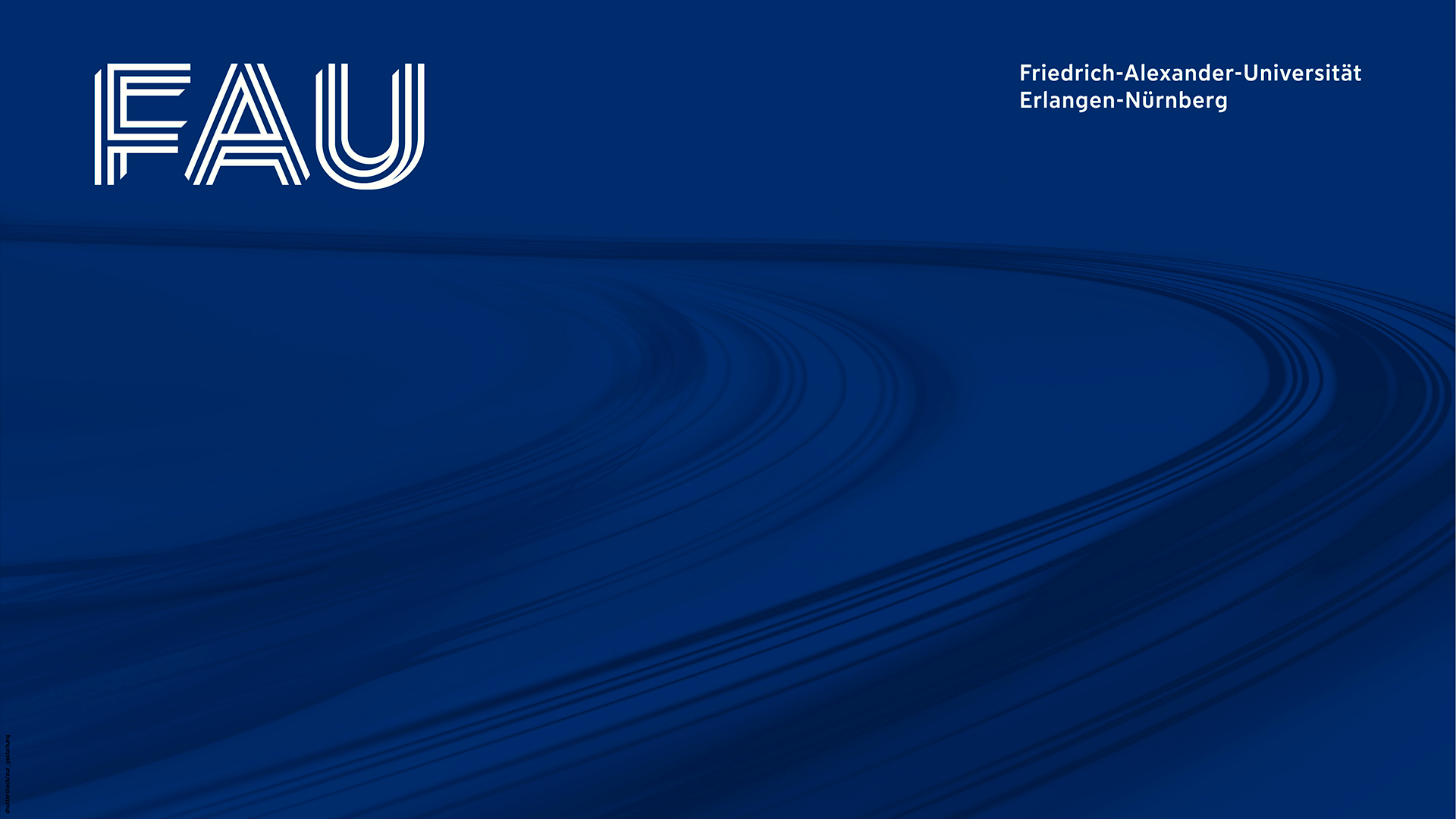
Für diesen Clip ist ein Passwort erforderlich. Bitte kontaktieren Sie die Administratoren der Videoserie.
Zugänglich über
Passwortgeschützt
Gesperrt clipDauer
01:11:06 Min
Aufnahmedatum
2021-07-06
Hochgeladen am
2021-07-09 09:26:59
Sprache
en-US
Abstract:
In this talk, I will describe recent experiments in atomically-thin transition metal dichalcogenides (TMDs) where Coulomb interactions between electrons dominate over their kinetic energy. Our measurements provide a direct evidence that the electrons at densities < 3 · 1011 cm-2 in a pristine MoSe2 monolayer form a Wigner crystal even at B = 0 [1]. This is revealed by our low-temperature (T = 80 mK) magneto-optical spectroscopy experiments that utilize a newly developed technique allowing to unequivocally detect charge order in an electronic Mott-insulator state [2]. This method relies on the modification of excitonic band structure arising due to the periodic potential experienced by the excitons interacting with a crystalline electronic lattice. Under such conditions, optically-inactive exciton states with finite momentum matching the reciprocal Wigner lattice vector k = kW get Bragg scattered back to the light cone, where they hybridize with the zero-momentum bright exciton states. This leads to emergence of a new, umklapp peak in the optical spectrum heralding the presence of periodically-ordered electronic lattice.
Twisted bilayers of TMDs in turn offer a wealth of new phenomena, ranging from dipolar excitons to correlated insulator states. Another striking example of qualitatively new phenomena in this system is our recent observation of an electrically tunable two-dimensional Feshbach resonance in exciton-hole scattering, which allows us to control the strength of interactions between excitons and holes located in different layers. Our findings enable hitherto unexplored possibilities for optical investigation of many-body physics, as well as realization of degenerate Bose-Fermi mixtures with tunable interactions.
Bibliography:
[1] T. Smoleski, P. E. Dolgirev, C. Kuhlenkamp, A. Popert,1 Y. Shimazaki, P. Back, X. Lu, M. Kroner, K. Watanabe, T. Taniguchi, I. Esterlis, E. Demler, and A. Imamoglu, arXiv:2010.03078 (2020).
[2] Y. Shimazaki, C. Kuhlenkamp, I. Schwartz, T. Smolenski, K. Watanabe, T. Taniguchi, M. Kroner, R. Schmidt, M. Knap, A. Imamoglu, arXiv:2008.04156 (2020).
– – –
QuCoLiMaTalks are the weekly seminar of the collaborative research center TRR 306 QuCoLiMa (Quantum Cooperativity of Light and Matter). The talks are given by (external) experts, whose research falls within the scope of QuCoLiMa.